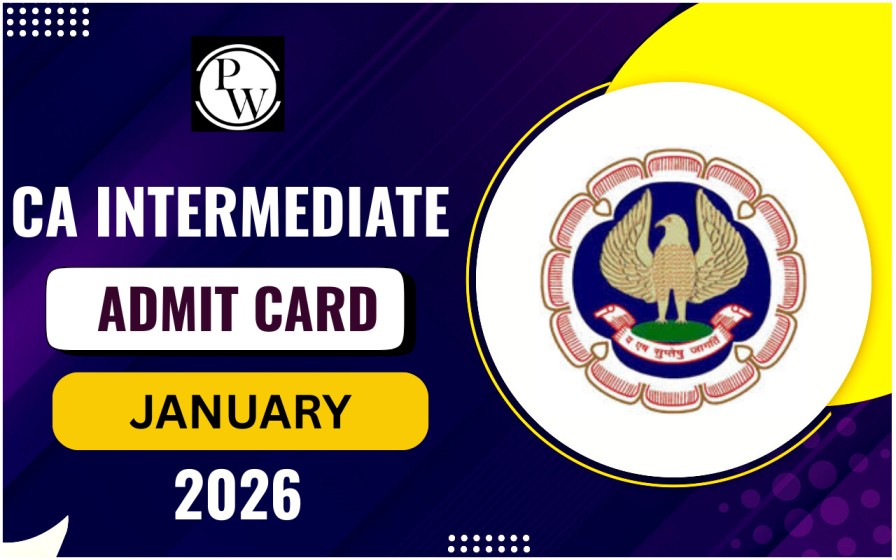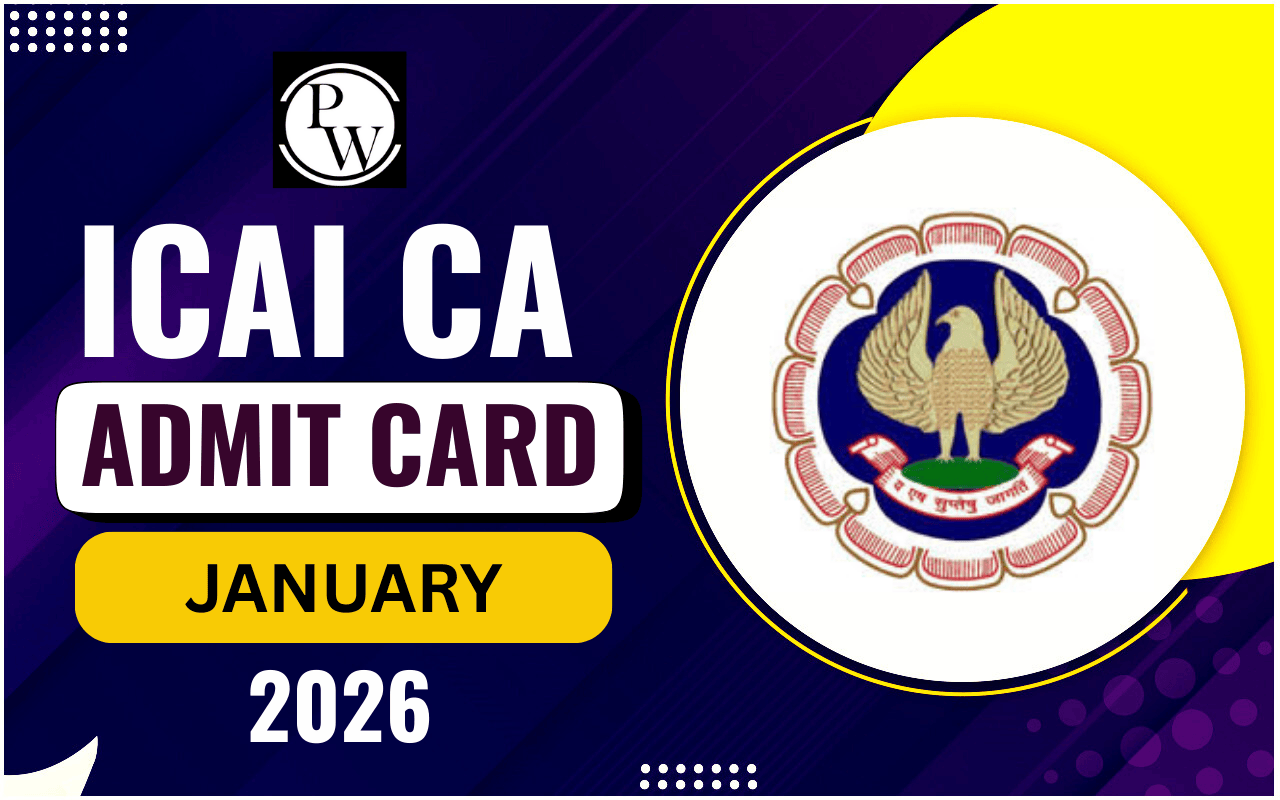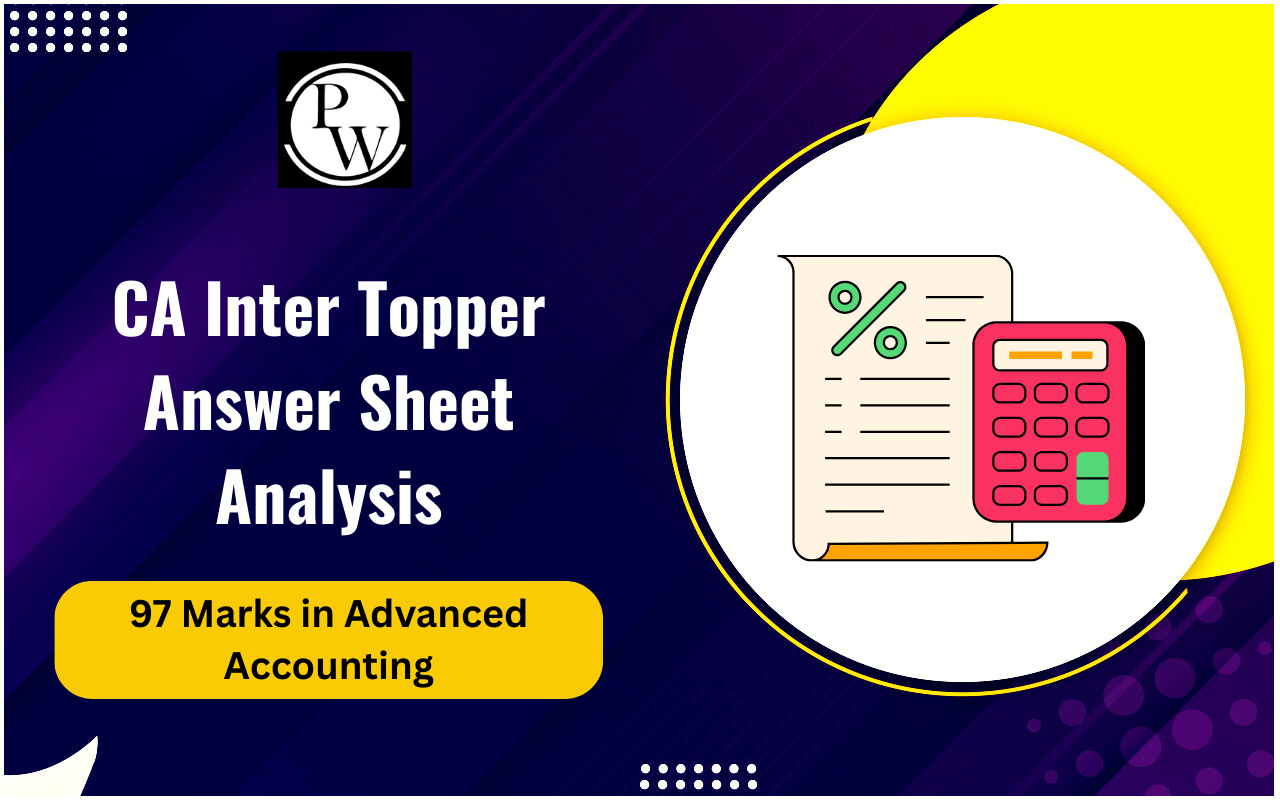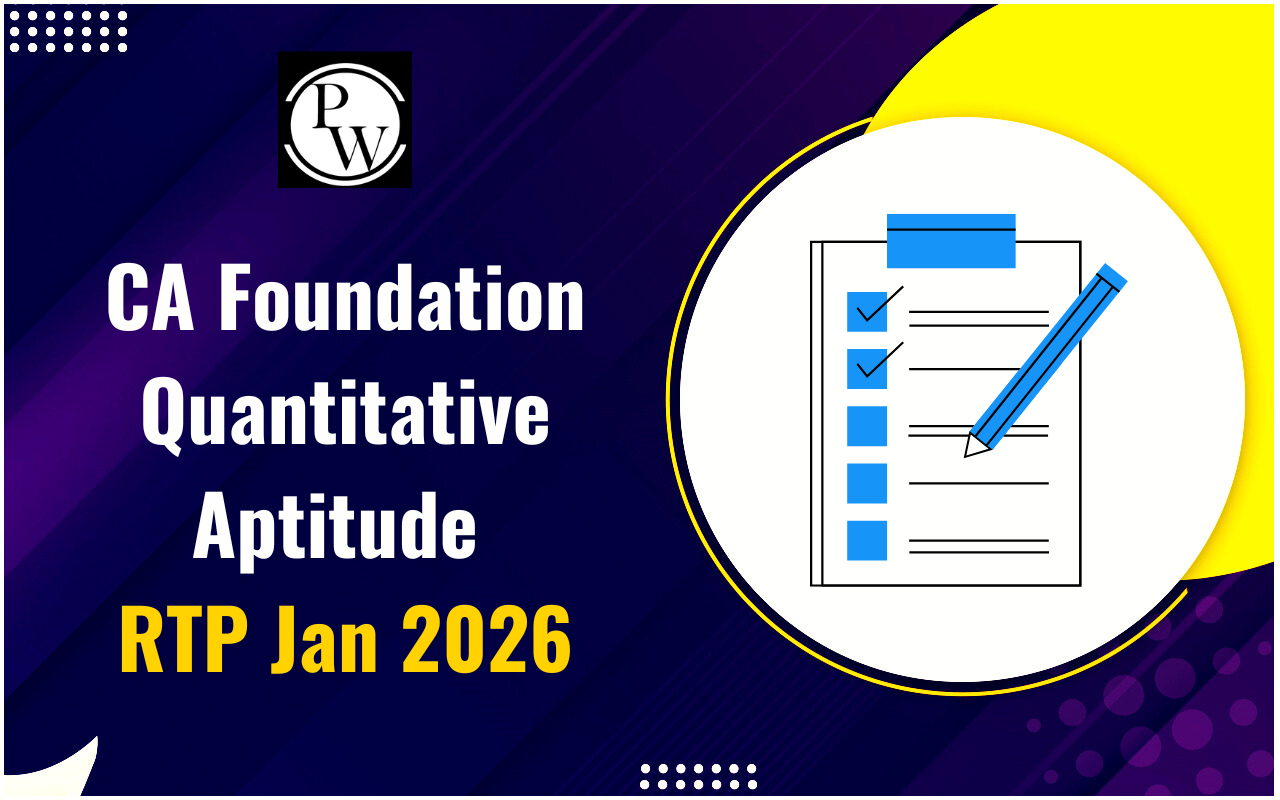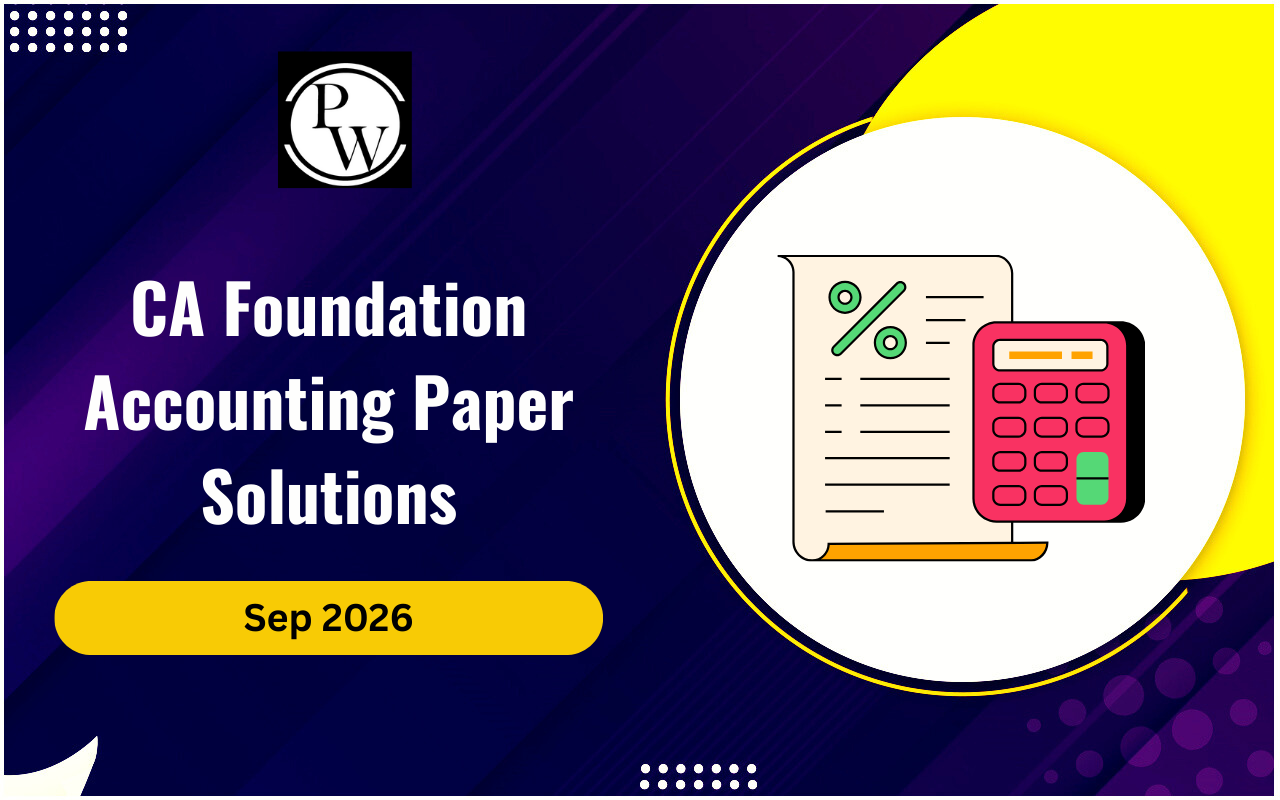
In business, understanding the Theory of Production and Cost is crucial. It helps firms decide how much of a commodity to produce and sell, directly impacting profitability. For CA students, mastering this theory is key, as it lays the foundation for understanding how businesses make production decisions, manage costs, and optimize profits.
What Is the Theory of Production and Cost?
The Theory of Production and Cost delves into the connection between the inputs utilized in production (such as labor, capital, and land) and the resulting output. It also scrutinizes the expenses linked to each input and how businesses can effectively manage these costs to enhance production and profits. Businesses utilize resources such as land, labor, capital, and entrepreneurship to create goods and services. Each of these resources, known as factors of production, comes with a cost. The Theory of Production and Cost outlines how companies determine the ideal level of inputs to minimize expenses and maximize output. Understanding the Theory of Production and Cost helps businesses answer critical questions like:- How much should be produced to maximize profit?
- What resources are required, and how much do they cost?
- What happens to production and costs as output increases?
Factors of Production in the Theory and Cost
The theory outlines four main factors of production, each playing a unique role in generating output:1. Labor
Labour is the effort put in by individuals to produce goods and services. It can be skilled, unskilled, or professional, and includes both mental and physical work. No production can occur without labour, making it a vital factor. The Theory of Production and Cost highlights the importance of managing labour efficiently to control costs and increase output.2. Land
Land refers to all natural resources available for production, including soil, minerals, and water. These resources are finite and must be used wisely to keep production costs low. The availability and quality of land significantly affect a firm’s cost structure.3. Capital
Capital is the money and machinery required to produce goods. It includes investments in buildings, machinery, and equipment that help facilitate production. According to the Theory of Production and Cost, managing capital effectively is key to maintaining low production costs.4. Entrepreneurship
Entrepreneurs combine the other factors of production to create goods and services. They make critical decisions about what to produce, how to produce it, and at what cost. Entrepreneurship involves risk-taking and innovation, both of which can lead to higher profits if costs are controlled well.Also Check: Preparation of Final Accounts of Sole Proprietors
Relationship Between Production and Cost
The Theory of Production and Cost highlights the essential relationship between the quantity of output and the costs associated with producing that output. Businesses aim to minimize production costs while maximizing output and profit. There are two types of costs in production:1. Short-run Costs
In the short run, some costs are fixed, such as rent, while others are variable, like labour and raw materials. The Theory of Production and Cost suggests that in the short run, businesses can adjust variable costs to influence output, but fixed costs remain unchanged.2. Long-run Costs
In the long run, businesses can adjust all costs, both fixed and variable, to optimize production. This flexibility allows companies to scale production, acquire new machinery, and reallocate resources.Law of Diminishing Returns
The Theory of Production and Cost includes an important concept called the law of diminishing returns. According to this law, when more units of a variable input (such as labor) are added to a fixed input (such as machinery), the additional output gained from each extra unit will eventually decrease. In simpler terms, after a certain point, increasing the labor force will lead to lower productivity if other factors, such as machinery, remain constant. Ready to excel in your CA exams? Enroll in PW CA Courses for expert guidance and comprehensive study materials designed to help you succeed. Start your journey to success today!| Also Check | |
| Declaration and Payment of Dividend | Partnership Accounts |
| Accounting for Special Transactions | Company Accounts |
| Financial Statements of Not-for-Profit Organizations | Inventory Management |
Theory of Production and Cost FAQs
What does the Theory of Production and Cost explain?
It explains the relationship between production inputs and outputs, and how costs affect the production process and pricing decisions.
What are the key factors of production?
The key factors are labor, land, capital, and entrepreneurship, each contributing differently to the production process.
How does the Law of Diminishing Returns impact production?
It states that increasing one input while keeping others constant eventually leads to a decrease in the additional output from that input.
What is the difference between short-run and long-run costs?
Short-run costs involve variable costs that can change, while long-run costs include both fixed and variable costs that can be adjusted over time.
Why is understanding production costs important for businesses?
It helps businesses manage resources efficiently, set optimal production levels, and make informed pricing and investment decisions to maximize profitability.
🔥 Trending Blogs
Talk to a counsellorHave doubts? Our support team will be happy to assist you!

Check out these Related Articles
Free Learning Resources
PW Books
Notes (Class 10-12)
PW Study Materials
Notes (Class 6-9)
Ncert Solutions
Govt Exams
Class 6th to 12th Online Courses
Govt Job Exams Courses
UPSC Coaching
Defence Exam Coaching
Gate Exam Coaching
Other Exams
Know about Physics Wallah
Physics Wallah is an Indian edtech platform that provides accessible & comprehensive learning experiences to students from Class 6th to postgraduate level. We also provide extensive NCERT solutions, sample paper, NEET, JEE Mains, BITSAT previous year papers & more such resources to students. Physics Wallah also caters to over 3.5 million registered students and over 78 lakh+ Youtube subscribers with 4.8 rating on its app.
We Stand Out because
We provide students with intensive courses with India’s qualified & experienced faculties & mentors. PW strives to make the learning experience comprehensive and accessible for students of all sections of society. We believe in empowering every single student who couldn't dream of a good career in engineering and medical field earlier.
Our Key Focus Areas
Physics Wallah's main focus is to make the learning experience as economical as possible for all students. With our affordable courses like Lakshya, Udaan and Arjuna and many others, we have been able to provide a platform for lakhs of aspirants. From providing Chemistry, Maths, Physics formula to giving e-books of eminent authors like RD Sharma, RS Aggarwal and Lakhmir Singh, PW focuses on every single student's need for preparation.
What Makes Us Different
Physics Wallah strives to develop a comprehensive pedagogical structure for students, where they get a state-of-the-art learning experience with study material and resources. Apart from catering students preparing for JEE Mains and NEET, PW also provides study material for each state board like Uttar Pradesh, Bihar, and others
Copyright © 2025 Physicswallah Limited All rights reserved.
Get App


